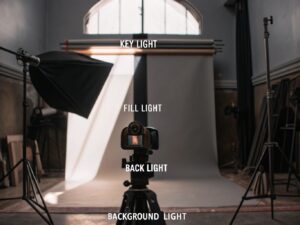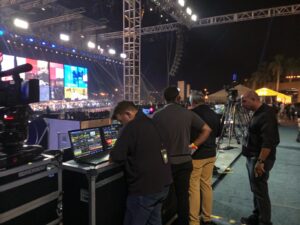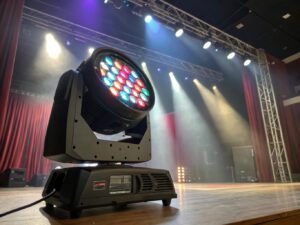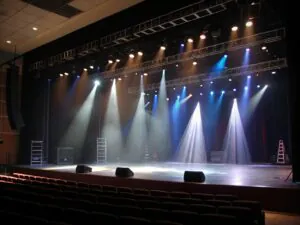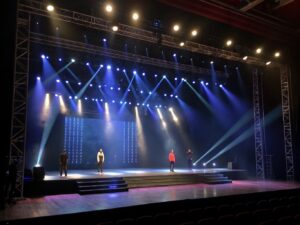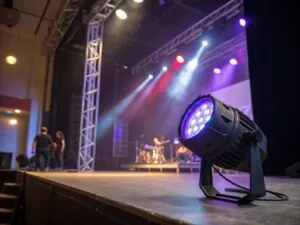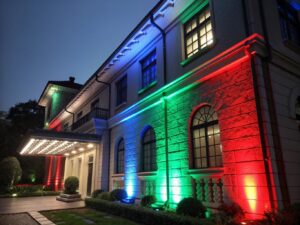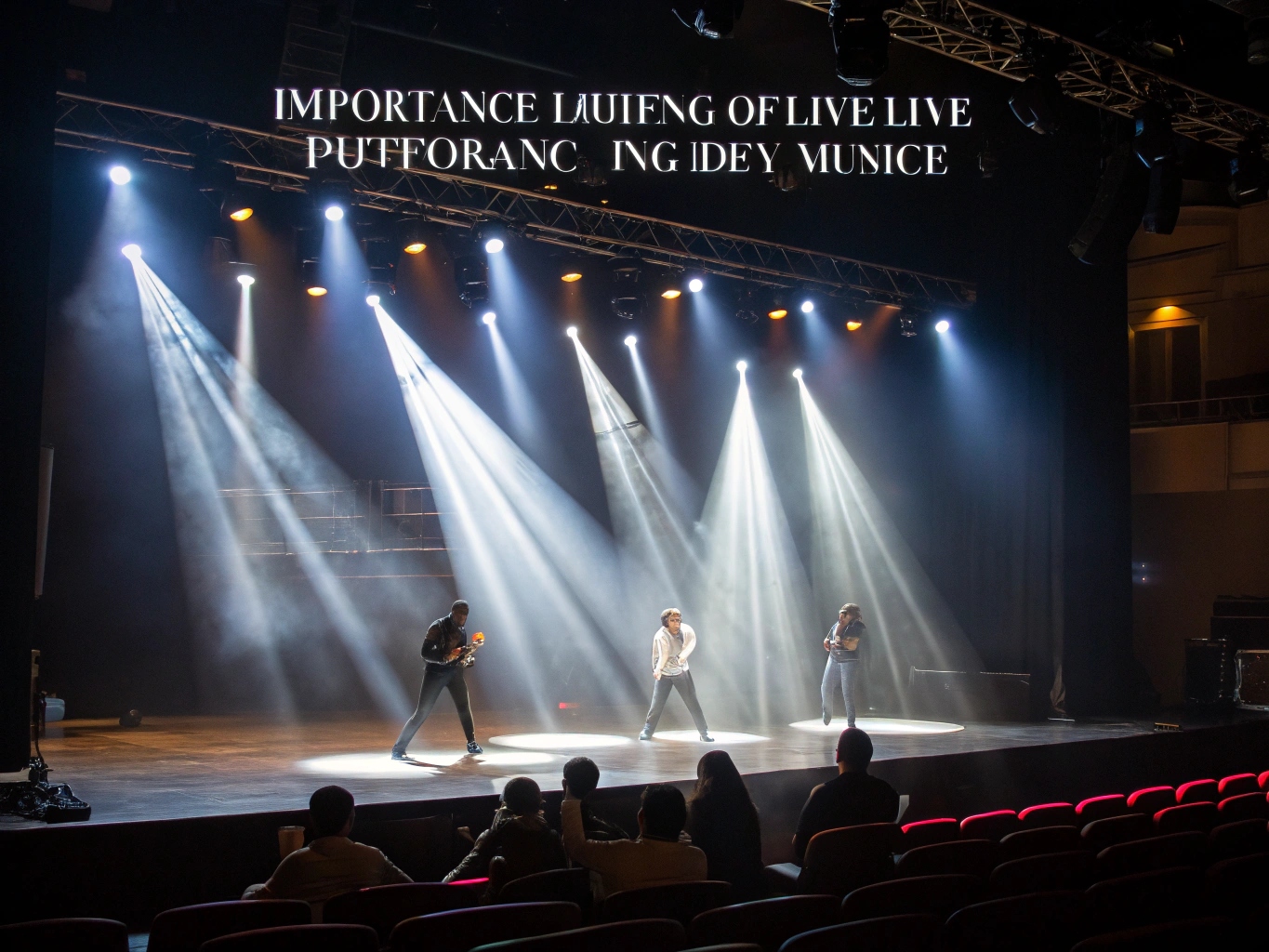
Feeling the drama on your stage isn't connecting with the audience? Without proper lighting, even the best acting falls flat, losing focus and emotional impact. Lighting is the unspoken character.
Lighting in theater is used to provide visibility, create mood, focus attention, and establish the setting. It guides the audience's eye and emotion, transforming a simple stage into a compelling world, making it a critical element of storytelling.

These functions are really just the beginning. I've spent 19 years in this industry, growing from a young technician wrestling with cables to leading Monalight, and I've seen firsthand that light can tell stories that words never could. It is the silent language of the stage. But to truly understand its power, we need to break down how it achieves this influence, moving from basic illumination to becoming a core part of the performance itself. Let's dive deeper into the specific roles it plays.
Why is lighting used in theaters?
Does your audience seem disengaged, their eyes wandering? It might not be the script; it could be your lighting. Poor lighting fails to build the immersive world that is necessary to captivate an audience from start to finish.
Beyond simply making actors visible, theater lighting sculpts the performance space. It builds the world of the play, directs the audience's focus, and translates the director's vision into a powerful visual and emotional experience for everyone in the room.
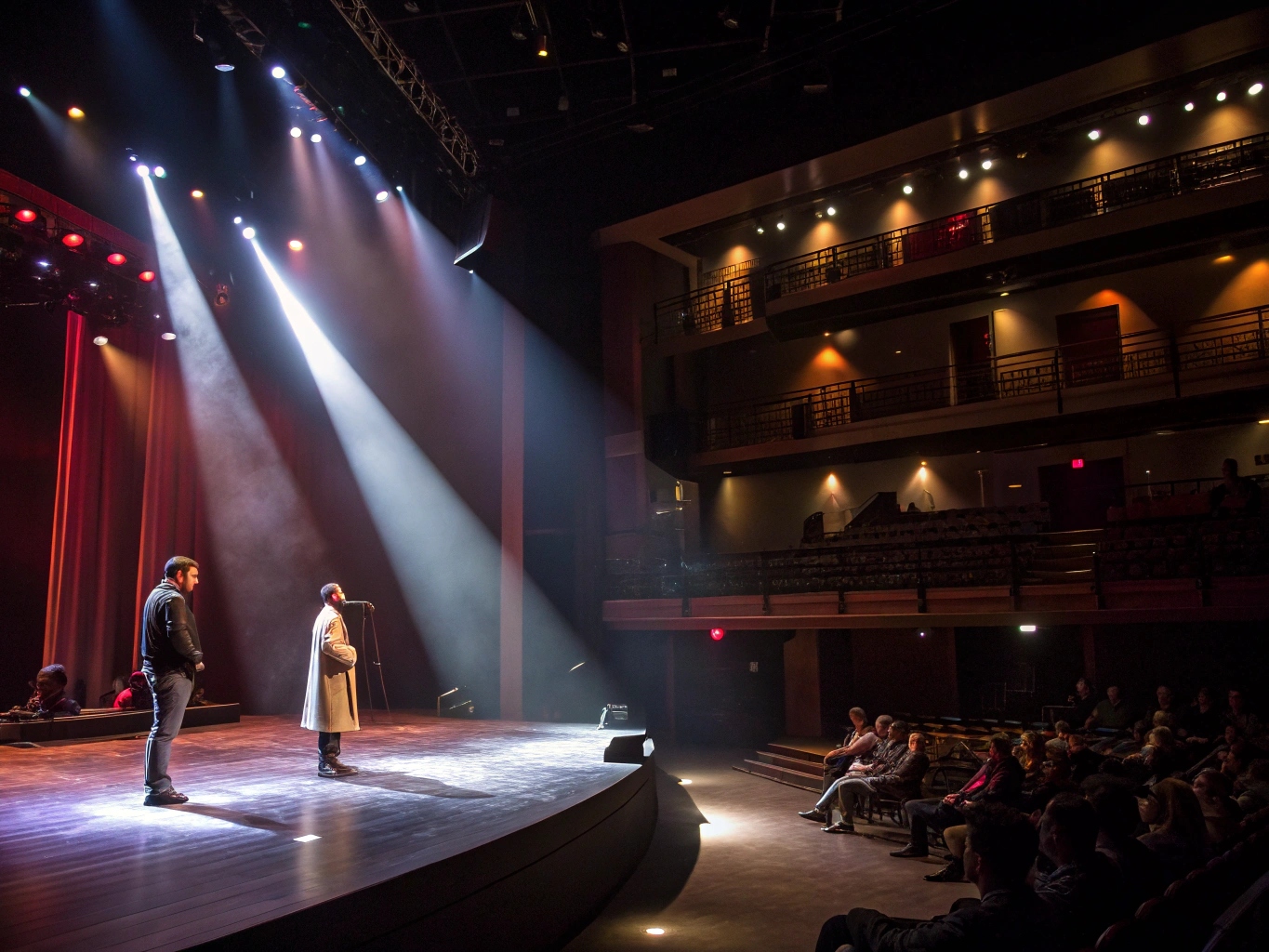
The most fundamental job of light is visibility, but that is the lowest bar to clear. Its real power is psychological. I remember an early show where we needed to make a character feel completely isolated on a crowded stage. We used a single, tight spotlight with a cool blue tint on him and let the light on everyone else fade to a dim wash. Before he even spoke a line, the audience felt his loneliness. That’s the magic. Lighting creates the boundary between the audience's world and the world of the play. It's the first thing you see when the house lights dim and the last thing you see at the final blackout. It's a non-verbal contract that says, "Pay attention. We are about to show you something special."
What is the function of light in theater?
Is your stage design looking flat and uninspired? Are the emotional high points of your show not having the impact they deserve? Light is not just for brightness; it’s a design tool with specific, powerful functions.
The core functions of theatrical light1 are visibility, revealing form2, focus, mood, and location. Good lighting ensures things are seen, gives them three-dimensional shape, tells the audience where to look, what to feel, and where the story is taking place.
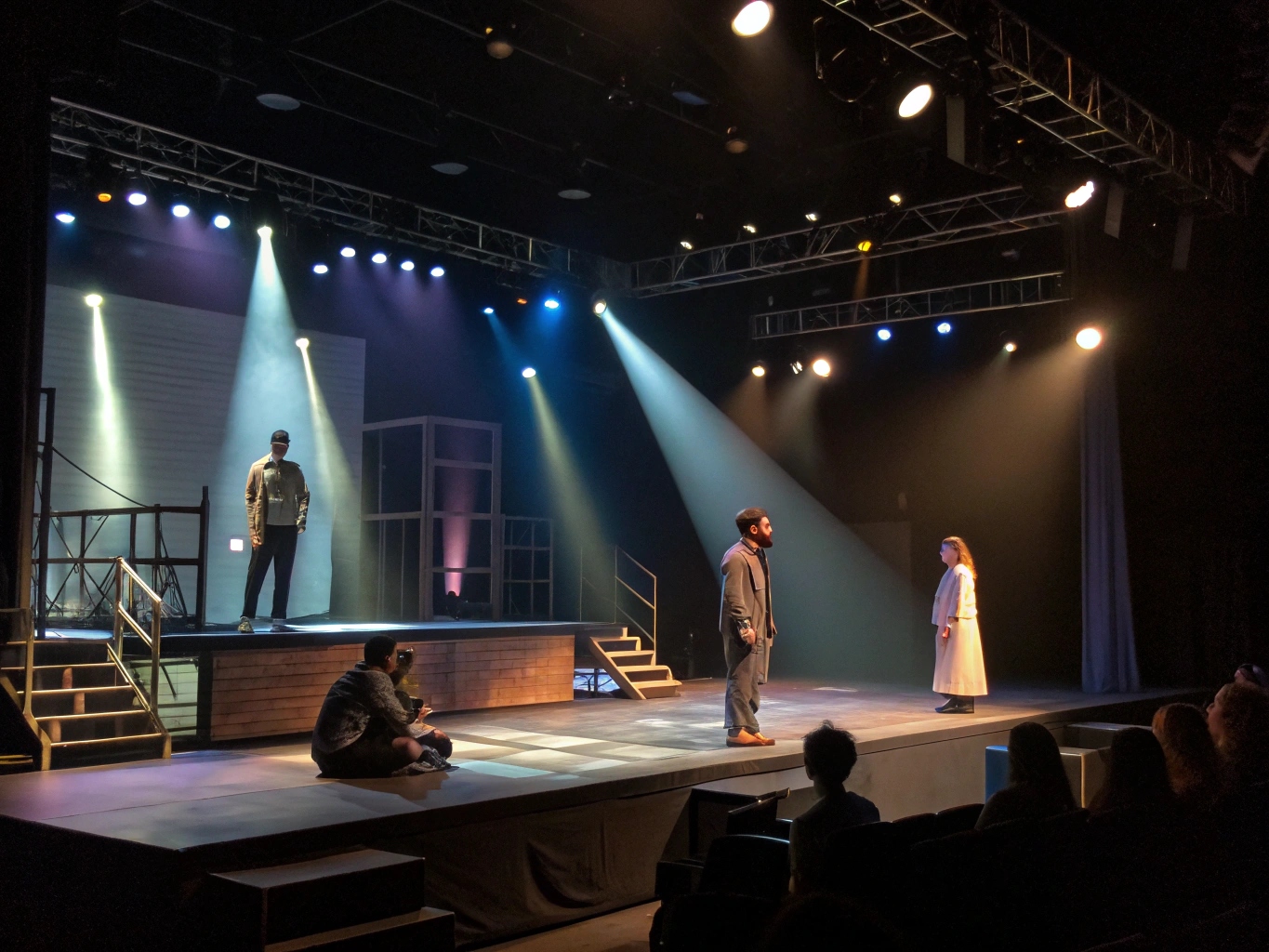
For a technician like Nick, mastering these functions is what separates a simple operator from a true lighting designer. It's about using light with intention. Simply blasting the stage with front light makes everything visible, but it also makes it look flat and boring. You need to use angles. Side light is what gives a body shape and dimension, separating it from the background. Backlight creates a halo effect, making an actor pop. I learned this most clearly when lighting a dancer. With only front light, her powerful movements looked two-dimensional. But when we added strong side lights, suddenly every muscle and motion was sculpted and clear. You could feel the power. This is "revealing form2," and it's just one of the functions that turns basic lighting into art.
The 5 Core Functions of Theatrical Lighting
| Function | What It Does | Common Technique |
|---|---|---|
| Visibility | Makes sure the audience can see the action clearly. | A balanced front light wash. |
| Revealing Form | Uses angles to create depth and dimension on actors and sets. | Strong side lighting and backlighting. |
| Focus | Directs the audience's attention to a specific person or place. | A bright spotlight on a single actor. |
| Mood | Creates an emotional atmosphere for a scene. | Using color theory, e.g., warm ambers for joy, cool blues for sadness. |
| Location | Establishes the setting, time of day, or place. | A gobo projecting a window pattern; a shift from yellow to orange for a sunset. |
Why is lighting important in cinema?
Do your video projects look amateurish and flat? The biggest difference between a home video and a cinematic masterpiece often comes down to one thing: deliberate, professional lighting that tells a story.
In cinema, lighting creates depth for the camera, guides the narrative, defines character, and establishes the film's visual tone. The camera can only capture what the light reveals, making it a co-author of the story alongside the director.
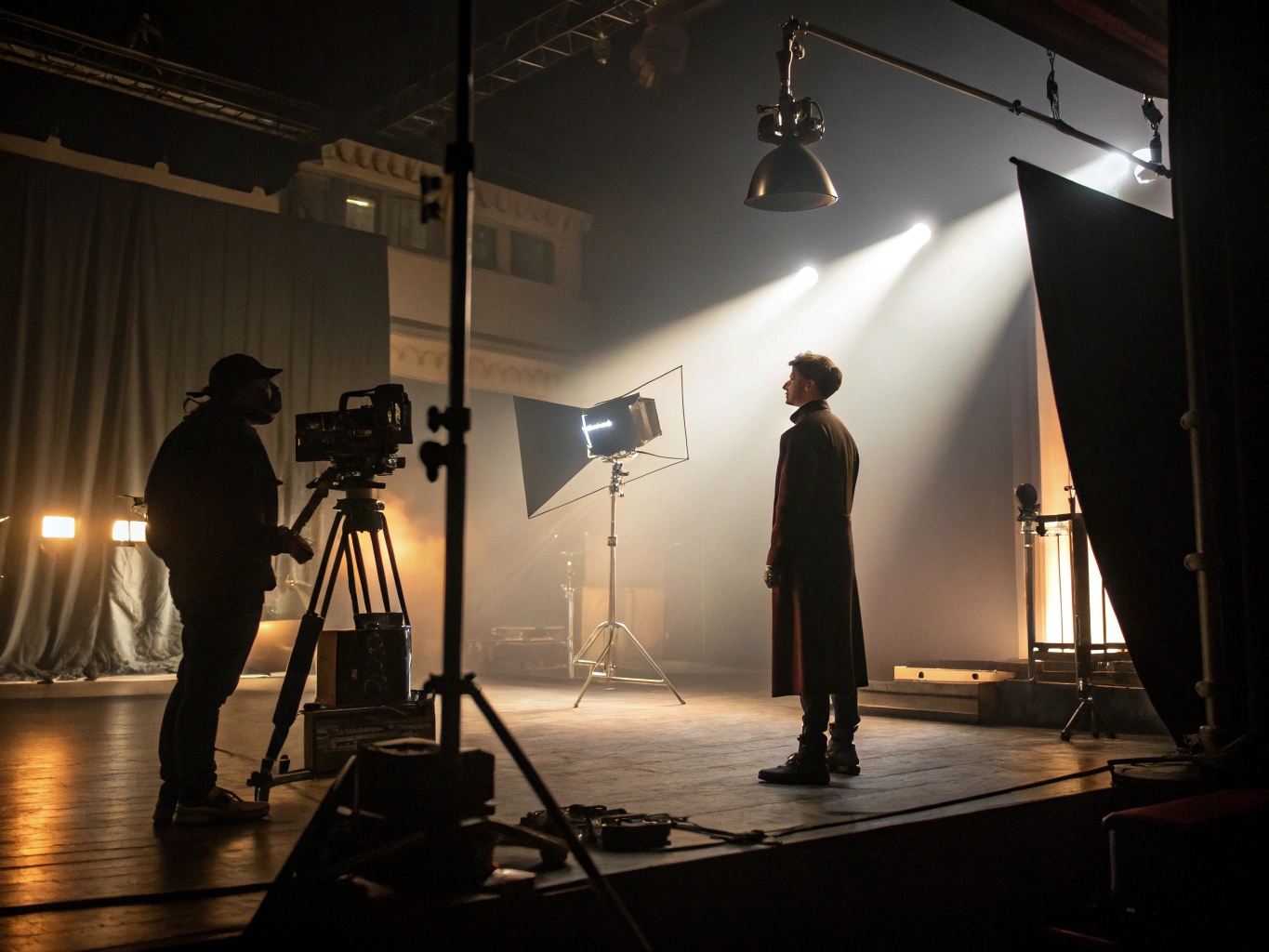
The main difference between theater and cinema is the audience's perspective. In a theater, the audience chooses where to look. In cinema, the director forces your focus with the camera frame. But the tool used to guide the eye within that frame is still light. The fundamental technique is often three-point lighting3: a Key Light (the main source), a Fill Light (to soften shadows), and a Back Light (to separate the subject from the background). A filmmaker can choose high-key lighting (bright, few shadows) for a comedy or low-key lighting (dark, high contrast) for a thriller. At Monalight, we stress the importance of a high Color Rendering Index (CRI)4 in our fixtures, because the camera is unforgiving. It will see a bad skin tone or an unnatural color that the human eye might ignore. So for film, light isn't just important; it's everything.
Why is lighting important in performance?
Does your concert or dance show lack energy? The performers are giving their all, but the visual impact just isn’t there. You're missing the dynamic partner that is performance lighting5.
In any live performance—theater, dance, or music—lighting translates rhythm and emotion into a visual spectacle. It amplifies the performer's energy, punctuates key moments, and creates an immersive environment that connects the artist with the audience.

This goes beyond traditional theater. Think about a rock concert. The lighting is a performer in its own right. Strobes flash in time with the drummer's cymbals. Deep red washes flood the stage during an intense guitar solo. A single spotlight follows the singer for a quiet ballad. This is a technician like Nick's playground, where he might be "busking"—operating the lights live without pre-programmed cues, feeling the music and reacting in the moment. In dance, lighting is absolutely critical. It's all about revealing the form, motion, and athleticism of the human body. Strong side lighting is essential here, as it turns the dancers into living sculptures. In any performance, the light is the visual heartbeat of the show6. It connects what the audience hears and feels to what they see, creating a single, powerful, unified experience.
Conclusion
In short, lighting is the invisible art that makes performance visible. It guides focus, sculpts actors, and energizes audiences, turning an empty space into a world of emotion.
-
Learn about the essential roles lighting plays in creating a compelling performance. ↩
-
Find out how lighting techniques create depth and dimension in performances. ↩ ↩
-
Explore this fundamental technique that enhances depth and focus in cinematic storytelling. ↩
-
Learn why CRI matters for achieving accurate colors in film and theater. ↩
-
Discover how lighting transforms live performances into immersive experiences. ↩
-
Understand how lighting connects sound and emotion, creating a unified experience. ↩
You may also be interested in:
